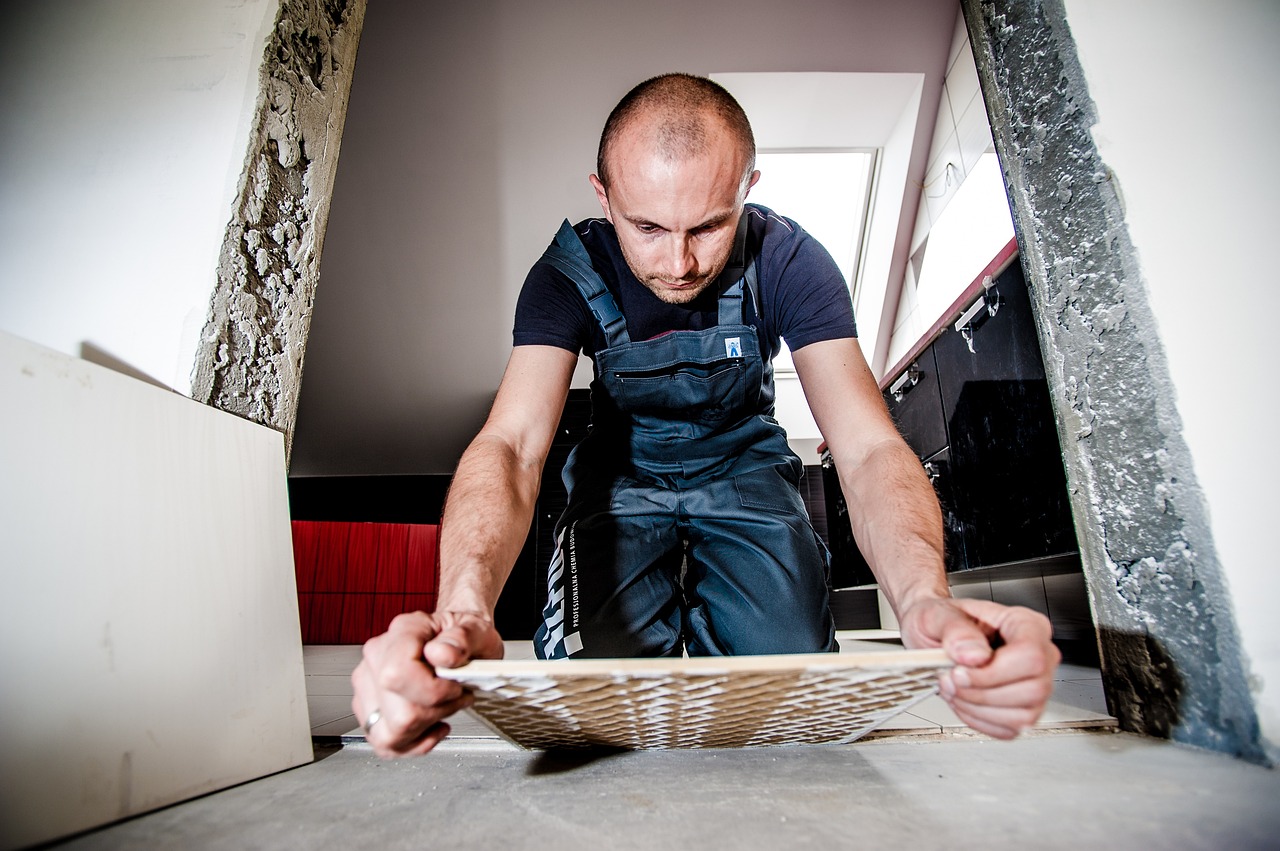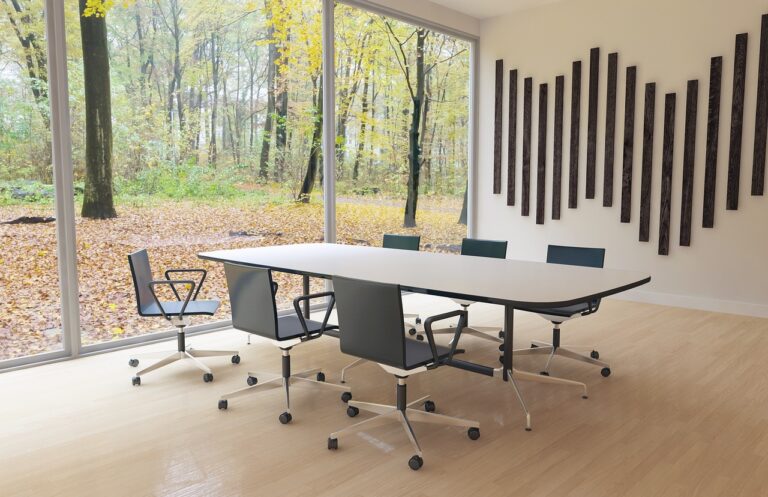The Impact of Biophilic Design on Workplace Productivity and Well-being
Incorporating elements of nature into office spaces has been shown to have a multitude of benefits for employees and employers alike. Research has demonstrated that exposure to natural elements like sunlight, plants, and greenery can help reduce stress levels, boost mood, and enhance overall well-being.
In addition, integrating natural elements into the workplace has been linked to increased productivity and creativity among employees. By creating environments that mimic the natural world, companies can inspire innovation, improve focus, and foster a sense of connection with the space.
• Exposure to natural elements like sunlight, plants, and greenery can help reduce stress levels
• Boost mood and enhance overall well-being
• Increased productivity and creativity among employees
• Inspire innovation, improve focus, and foster a sense of connection with the space
Research Supporting the Relationship Between Biophilic Design and Employee Well-being
Numerous studies have demonstrated the positive impact of biophilic design on employee well-being in the workplace. Research suggests that incorporating natural elements such as plants, natural light, and views of nature can lead to reduced stress levels, increased productivity, and enhanced creativity among workers. For example, a study conducted by the University of Exeter found that employees working in environments with greenery and natural light reported a 15% increase in well-being and productivity.
Moreover, biophilic design has been linked to lower rates of absenteeism and higher job satisfaction among employees. A research paper published in the Journal of Environmental Psychology revealed that workers in biophilic office spaces reported a 13% increase in job satisfaction compared to those in traditional work environments. These findings highlight the importance of incorporating elements of nature into office spaces to promote the well-being and overall happiness of employees.
Ways to Implement Biophilic Design in the Workplace
One way to implement biophilic design in the workplace is by incorporating natural elements such as plants and greenery. Adding live plants or even artificial ones can help bring a sense of nature indoors, creating a more calming and refreshing environment for employees. Research has shown that being around plants can reduce stress levels and improve overall well-being, making it a simple yet effective way to introduce biophilic design into the office.
Another method to incorporate biophilic design is through the use of natural materials such as wood, stone, or water features. These elements can help create a connection to the outdoors and evoke a sense of harmony and tranquility in the workspace. By choosing furniture, decor, and finishes made from natural materials, companies can enhance the overall aesthetic of the office while also promoting a more biophilic environment for employees to thrive in.
What are some benefits of incorporating nature into office spaces?
Some benefits of incorporating nature into office spaces include increased productivity, reduced stress levels, improved overall well-being, and enhanced creativity.
Is there research supporting the relationship between biophilic design and employee well-being?
Yes, there is research that shows a positive relationship between biophilic design and employee well-being. Studies have found that exposure to nature in the workplace can lead to lower absenteeism, higher job satisfaction, and better mental health.
What are some ways to implement biophilic design in the workplace?
Some ways to implement biophilic design in the workplace include incorporating natural elements such as plants, natural light, water features, and natural materials like wood and stone. Creating green spaces, biophilic artwork, and views of nature from workstations are also effective ways to bring nature into the office.







